I understand that it's recommended to use ConfigureAwait(false) for awaits in library code so that subsequent code does not run in the caller's execution context, which could be a UI thread. I also understand that await Task.Run(CpuBoundWork) should be used instead of CpuBoundWork() for the same reason.
Example with ConfigureAwait
public async Task<HtmlDocument> LoadPage(Uri address)
{
using (var client = new HttpClient())
using (var httpResponse = await client.GetAsync(address).ConfigureAwait(false))
using (var responseContent = httpResponse.Content)
using (var contentStream = await responseContent.ReadAsStreamAsync().ConfigureAwait(false))
return LoadHtmlDocument(contentStream); //CPU-bound
}
Example with Task.Run
public async Task<HtmlDocument> LoadPage(Uri address)
{
using (var client = new HttpClient())
using (var httpResponse = await client.GetAsync(address))
return await Task.Run(async () =>
{
using (var responseContent = httpResponse.Content)
using (var contentStream = await responseContent.ReadAsStreamAsync())
return LoadHtmlDocument(contentStream); //CPU-bound
});
}
What are the differences between these two approaches?

